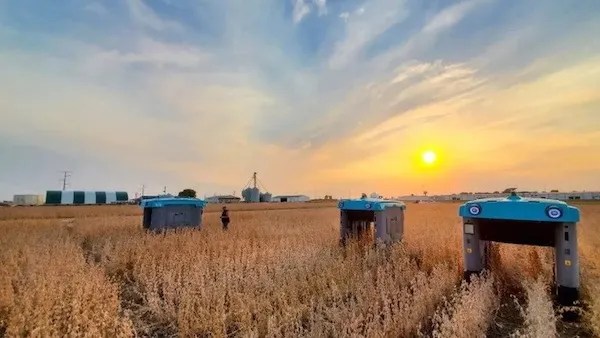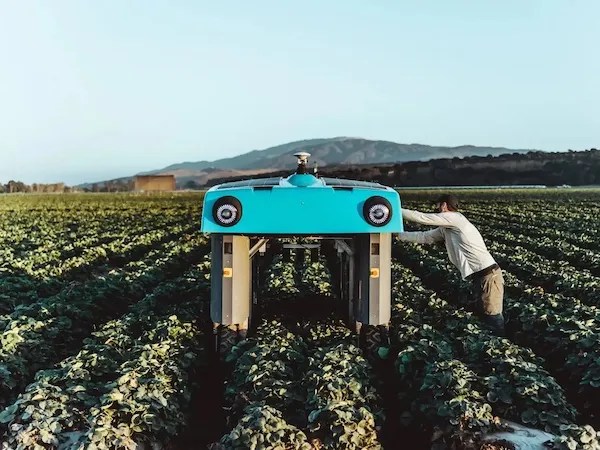Google has officially launched its new agtech business, Mineral, which has spent the last five years in “stealth mode” within the company’s so-called “moonshot factory,” aka Google X. According to Mineral, the company in that time has analyzed over 10% of the Earth’s total farmland, modeled more than 200 plant traits, phenotyped 17 crop varieties, and developed more than 80 high-performance machine learning models.
The point of all this data gathering is to “help scale sustainable agriculture,” which according to Mineral CEO Elliott Grant, has been held back for years by low levels of high-quality, diverse, and scalable agricultural datasets. “So we’re entering a world where farms are generating these vast amounts of data and I think one of our roles, as Mineral, is to help those farms and their advisors, help make sense of that data, and turn that into value for each farmer,” said Grant.
Mineral, which under stealth was known as the “Computational Agriculture Project,” uses its own custom robots to gather data and conduct research on various crops. Grant says their “plant rovers” are covered with cameras and other sensors that capture huge quantities of high-quality images in crops, mapping and inspecting each plant individually. In 24-hours, one rover can capture nearly 6 million images, measuring a dozen plant traits.
The company’s end goal is to create detailed and rich datasets that can be used by farmers across the world to benefit from previously unknown factors in plant growing. Mineral’s image database now includes over 17 crops in every stage of growth in multiple environments. Grant says the information is being used for modeling and can be used in many projects with partners.
Mineral doesn’t intend to sell stand-alone products but rather plans to have its tools integrated into the equipment, inputs, and decision-making tools used by farmers. Grant says the first product a Mineral partner is likely to bring to market will be around weed detection, an area they say has drawn a lot of interest from its current partners. “It’s an area we spend a lot of time and energy on as the implications of weed modeling are endless,” says Greg Chiocco, Mineral growth lead.
One of those partners is berry company Driscoll’s, which has been working with Mineral to find ways to improve data collection in its breeding operations and work on better yield forecasting. They’ve also partnered on ways to enhance berry inspection using Mineral’s perception tools and, according to Driscoll’s, were able to build a system that many believe performed similarly to human experts.
Mineral has also been assisting the Alliance for Biodiversity and CIAT to accelerate their work to understand and uncover hidden crop traits within the world’s largest bean collection. The company built a special crop rover nicknamed “Don Roverto” that Alliance researchers say enables them to measure crop traits with far greater speed, frequency, and accuracy than has been possible before. For example, they can now see how a bean plant is flowering — which can help them better understand how it will cope under different environmental stressors. Previously, it was nearly impossible for researchers to track this because the different components of flowering are so subtle.
Mineral said it’s currently exploring other partnerships “across the food production system” that could help it scale and ultimately make money. The company also said it has bigger ambitions to research ways to grow more environmentally sustainable crops. “Agriculture is increasingly believed to be a major contributor to the climate crisis — but it is also a victim of a changing climate,” Grant wrote in a blog post. “There is no time to waste to find more climate-resilient crop varieties, to transition to less chemical- and fossil fuel-intensive practices, to improve soil health, and to restore biodiversity.” Learn more at Google X HERE. (Sources: AgFunder, Business Insider, TechCrunch)







